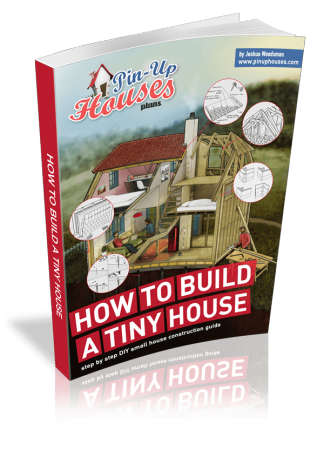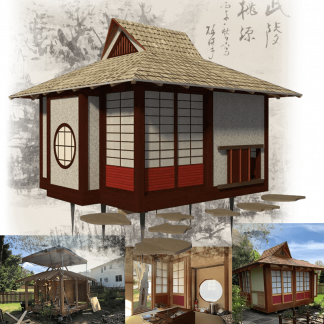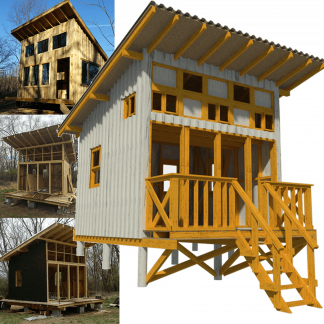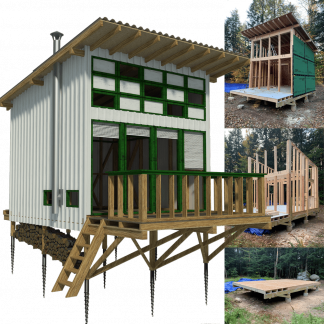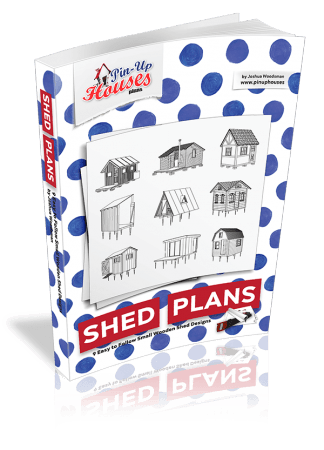
There is a difference between a space that feels cosy and a space that feels compact. Cosy wraps you up and makes you want to stay. Compact, on the other hand, feels tight and awkward, like the area is pushing back at you.
However, the difference often has less to do with square metres and more to do with design. A few thoughtful rules can turn ‘squishy and small’ into ‘warm and welcoming.’ Think about your patio flooring, for instance. Travertine Outdoor Pavers in soft, earthy shades will make your patio feel visually stretched. That is the power of right design choice. It makes your eyes believe that there is more space than there really is.
Over the years, designers have leaned on simple tricks like the right proportions, balanced colour, even a single centre point to anchor a space. And these tricks are not complicated. Once you know them, you can make almost any space feel bigger, brighter and more welcoming.
So, let’s get into these design rules and see how you can use them to make a small space feel airy without giving up the cosy vibe.
How Can Proportions and Ratios Make a Small Space Feel Bigger?
Do you know this feeling when you walked into your outdoor space and felt like every décor piece swallowed up all the air? It is usually because the proportions are off. A bulky, heavy sofa in a small lounge will always feel like it’s taking over all the space.
But you can solve this problem by getting the ratios right. Make sure every design element, be it seating, tables, planters, fits neatly without fighting for attention. For example, an outdoor rug that covers a larger portion of your patio visually ties the space together and makes it feel more cohesive.
Which Design Rules Can Transform Small Spaces?
The design rules are not made to make your ideas rigid, but to make the overall look more balanced and connected. Let’s check out the popular design tricks experts suggest.
i. 60-30-10 Colour Rule
What It Means
This rule is all about balance without overthinking it. Pick one colour for most of the space (60%), another for a smaller portion (30%) and then a pop of something bold for the final 10%. For example, if your patio floor is laid with Limestone Outdoor Pavers, that already gives you a neutral, soft and soothing 60% base. You can then add some outdoor furniture, cushions or a bench for 30% and planters, lanterns or artwork for the rest 10%.
Why It Works
It stops the space from feeling flat or messy. Your eyes naturally move across the space in a pleasing way and even a small area feels open and balanced. The accent colours also add personality without taking over anything.
ii. Rule of Thirds to Improve Layouts
What It Means
Here, you divide your space into three sections either horizontally or vertically. Instead of putting everything in the centre, you should place furniture, décor or artwork along these divided lines or at the points where the lines meet.
Why It Works
It makes the area feel visually balanced and intentional. Small spaces especially benefit because the eye flows naturally across the area and the space stops feeling cramped or awkward.
iii. Odd Numbers (3-5-7 Rule) for Appealing Décor
What It Means
According to this design rule, you group things in odd numbers. For instance, three planters together, five cushions on your outdoor bench or seven decorative lanterns. The eye finds odd numbers more pleasing than even numbers.
Why It Works
It gives the space a casual, lived-in feel instead of being too rigid. Even in a small area, a few well-chosen accents in odd numbers can make the space look lively, layered and welcoming.
iv. Triangle Rule to Improve Furniture Flow
What It Means
Here, you pick three key points in any area, such as your seating space, coffee table and planters and arrange them in a triangle. This makes it easy to move around without bumping here and there.
Why It Works
It creates a feeling of order and symmetry. Even in a small space, your eye naturally follows the triangle and the space feels organised without being crowded. It’s a simple way to improve flow and comfort at the same time.
v. Setting Up a Centre of Attraction
What It Means
Every space benefit from one point that serves as a centre of attraction. It could be a striking tree, a water feature or even a natural stone feature wall. The idea is to give the eye a place to rest, so the area doesn’t feel like it’s just floating around aimlessly.
Why It Works
A strong centre of attraction ties the space, making even compact spaces feel intentional and curated. It also gives your design a personality without overstuffing it. Your small space suddenly feels thoughtful and warm.
Key Takeaways
- Proportion is everything. Pick décor items that fit into the space, not fight it.
- Use the 60-30-10 colour rule to keep the palette fresh and balanced.
- Group décor items in odd numbers for an effortless, natural look.
- Arrange furniture using the triangle rule to improve flow.
- It always has a centre of attraction, so the space feels connected.
Conclusion
You don’t need to squeeze décor items to make the small area feel spacious. Just click on your creative button and style smarter with the expert recommended design rules. These design rules are simple enough to follow but powerful enough to transform even the tiniest nook into something airy and warm.
And if you want to add effortless elegance without making the space, feel crowded, natural materials like Travertine Outdoor Pavers can help too. They don’t just look aesthetic, but they also bring a perfect flow, light and balance to your space.
So, next time you look around a ‘too-small’ space, don’t stress! Just pick a few of these tricks and you will be amazed at how spacious it can feel.


